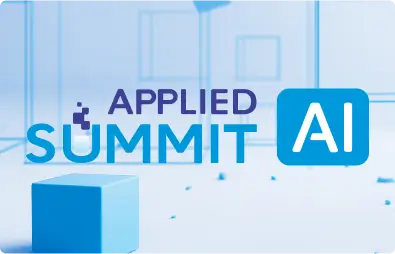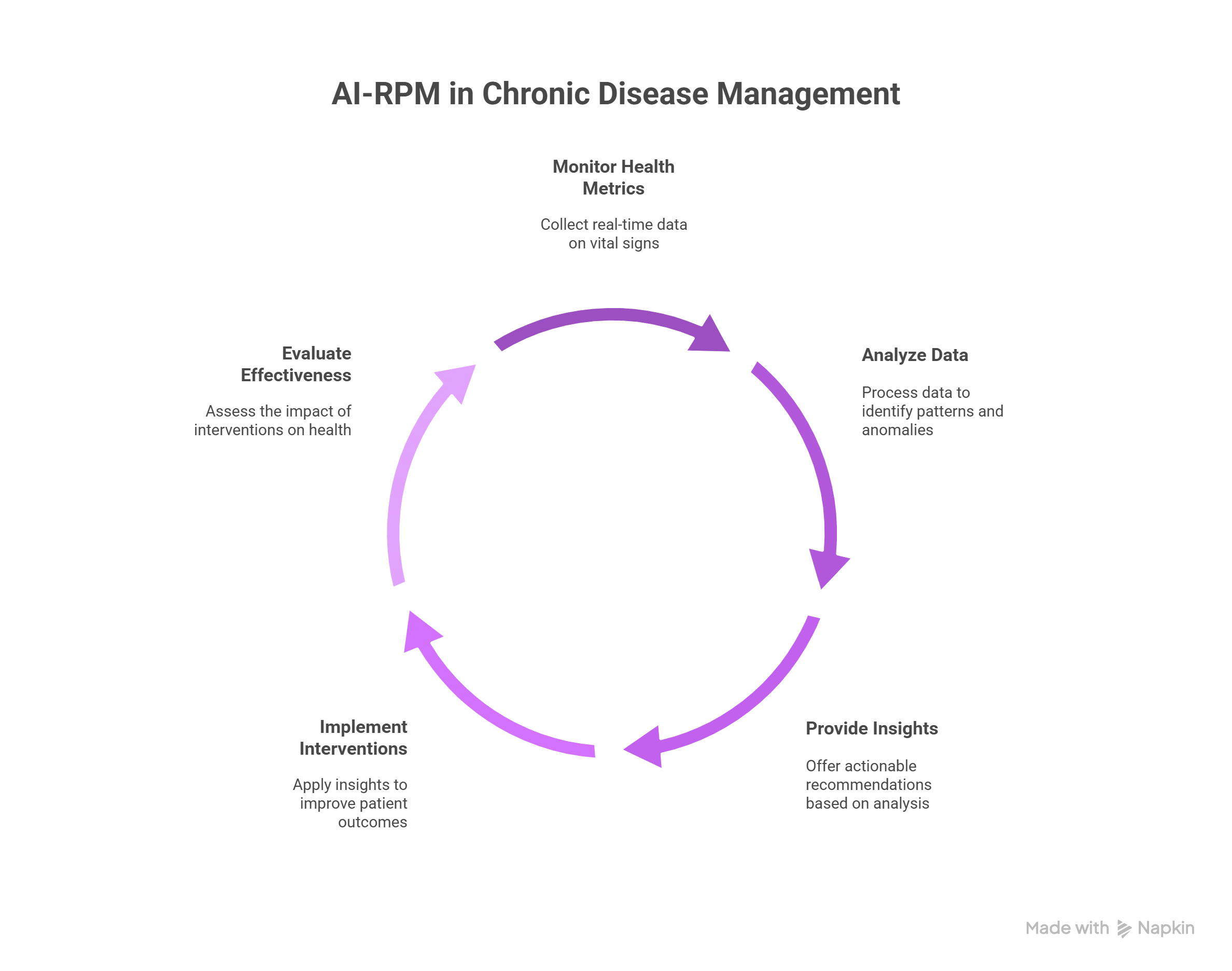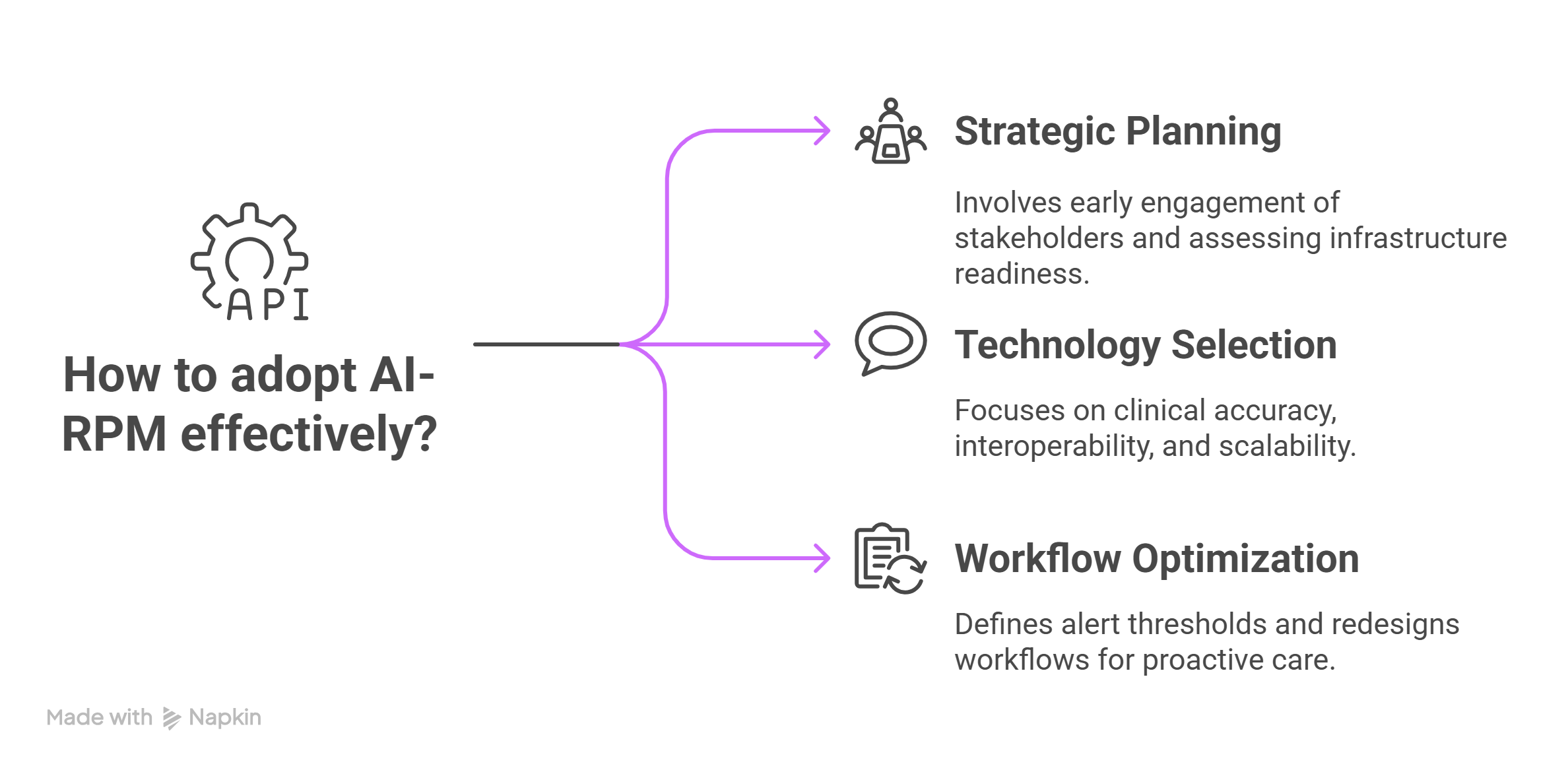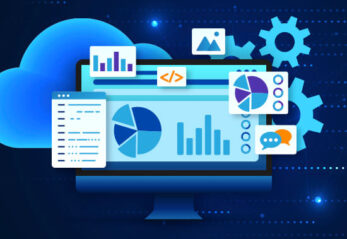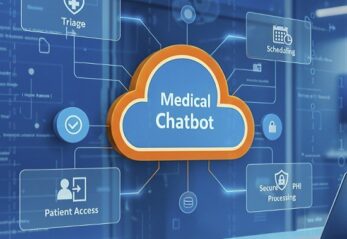What Is Driving the Need for AI-Powered Chronic Care Monitoring?
Six in ten Americans live with at least one chronic condition1. This growing burden translates into rising healthcare costs, increasing demand on clinicians, and overextended healthcare systems. Traditional models of reactive, episodic care are no longer sufficient.
Remote patient monitoring (RPM) powered by AI represents a transformative shift to proactive, continuous care. It enables early interventions, reduces hospitalizations, and helps personalize chronic condition management at scale.
What Is AI-Powered Remote Patient Monitoring?
AI-powered RPM refers to the use of smart medical devices, machine learning analytics, and real-time data platforms to monitor patients continuously outside clinical settings. Unlike conventional care, which reacts to symptoms, AI-RPM identifies health trends early and supports preventive clinical decisions.
What Are the Core Components?
Smart devices and sensors form the backbone of remote monitoring, including blood pressure cuffs, continuous glucose monitors, pulse oximeters, ECG devices, and wearable biosensors. These tools collect vital data that is analyzed in real time.
The AI analytics engine uses machine learning algorithms to recognize patterns, apply predictive models, and detect anomalies. It enables early identification of complications, personalized care recommendations, and faster clinical responses.
Data integration platforms ensure that information flows seamlessly into electronic health records, clinical decision support systems, and patient portals. This connectivity allows care teams and patients to stay informed and engaged.
How Does AI Enhance Traditional RPM?
AI enhances remote monitoring by identifying subtle trends in vital signs that may precede deterioration. It builds personalized baselines for each patient and can stratify risk based on real-time inputs. Predictive capabilities support early intervention, reduce readmissions, and guide timely clinical decisions.
How Is AI-RPM Applied to Chronic Disease Management?
Cardiovascular Disease
For hypertension, AI-RPM continuously tracks blood pressure, detects early hypertensive crises, and monitors medication adherence. In heart failure care, it evaluates cardiac rhythms, tracks weight changes for fluid retention, and assesses physical activity.
Diabetes Management
Continuous glucose monitoring helps detect and predict fluctuations in blood sugar, enabling prevention of hypoglycemia and providing recommendations for insulin dosing. AI also correlates physical activity, nutrition, and sleep with glucose control to guide holistic lifestyle management.
Respiratory Disease Care
In conditions like COPD and asthma, AI-driven RPM monitors respiratory rate and oxygen saturation, identifies environmental triggers, and promotes smart inhaler adherence. These tools support early intervention and reduce emergency incidents.
How Does John Snow Labs Enable AI in Healthcare?
What Are Its NLP Capabilities?
John Snow Labs provides advanced clinical text analysis that extracts insights from unstructured notes and integrates them with remote monitoring data. This supports real-time understanding of a patient’s evolving condition.
Its medical large language models deliver accurate comprehension of clinical language, enabling decision support and powering patient communication tools.
These medical large language models are also able to generate human-readable insights extracted from time series data patterns captured by different monitoring devices.
What Are the Tangible Benefits of AI-RPM?
For Clinical Outcomes
AI-powered monitoring enables early detection and intervention, which reduces emergency department visits and improves disease control. It supports personalized treatment plans that adapt in real time and provides patients with timely, relevant feedback.
For Healthcare Systems
RPM programs reduce hospital readmissions and overall care costs. Clinicians benefit from prioritized alerts, efficient workflows, and decisions guided by comprehensive data.
What Challenges Must Be Addressed for Success?
Technical Barriers
Integrating data from multiple devices and ensuring interoperability with EHRs can be complex. Real-time processing adds to the challenge. In addition, AI models must be transparent, minimize false alerts, and continuously adapt to new data. John Snow Labs technologies can help in all these challenges.
Clinical Adoption
Providers need training to effectively use AI-supported tools and manage alert fatigue. Clinician trust in AI must be built over time. Patient engagement requires user-friendly devices, education, and strong privacy protections.
How Can John Snow Labs Support Effective Implementation?
NLP for Remote Monitoring Integration
John Snow Labs’ NLP tools enable integration of patient-reported outcomes and symptom descriptions with device data. They support a full understanding of patient status by analyzing both structured metrics and clinical narratives.
Healthcare AI Platform Tools
Using Healthcare NLP, organizations can extract relevant medical information from monitoring reports and transcribed dialogues with patients, enhance documentation, and provide decision support in real time.
What Does the Future Hold for AI-Powered Chronic Care?
Advanced AI Systems
Future systems will integrate voice, text, and sensor data to assess patient states more holistically. Predictive models will become more accurate and personalized.
Edge computing will support real-time analytics directly on devices, reducing alert delays and enhancing reliability even in remote areas. Federated learning will allow AI models to improve without compromising patient privacy, combining the power of population-level trends with personalized care.
What Are Best Practices for Adopting AI-RPM?
Strategic Planning
Success begins with early engagement of clinicians, IT teams, and patient advocates. Infrastructure readiness and data governance must be assessed from the start.
Technology and Vendor Selection
Organizations should prioritize clinical accuracy, device interoperability, and platform scalability. Integration with clinical NLP capabilities is essential for capturing the full picture.
Workflow Optimization
To avoid clinician overload, alert thresholds and escalation procedures must be defined. Workflows should be redesigned with response time standards and support for proactive care.
Conclusion: Why AI-RPM Is the Future of Chronic Care
AI-powered remote monitoring transforms chronic care from reactive to proactive. It empowers clinicians with real-time insights, supports patients in self-management, and reduces avoidable complications. John Snow Labs enhances this transformation with proven NLP and healthcare AI solutions that ensure data is actionable, explainable, and integrated.
Next Steps
Healthcare organizations can begin by piloting RPM for a high-burden condition. Leveraging John Snow Labs’ tools will support NLP integration and scalable deployment. A focus on interoperability and patient impact will ensure lasting success.
FAQs
What chronic conditions benefit most from AI-powered RPM? Cardiovascular disease, diabetes, COPD, and asthma see the greatest benefits due to their high monitoring needs and strong evidence for improved outcomes.
How does AI improve RPM compared to traditional models? AI enables earlier detection, personalized insights, and automated alerts, driving better care continuity and reducing hospitalizations.
What role does NLP play in remote patient monitoring? NLP bridges structured and unstructured data, enabling insights from clinical notes, patient-reported symptoms, and time series data to enrich RPM data streams.
What challenges do healthcare providers face in adopting AI-RPM? Key challenges include system integration, training, alert fatigue, and ensuring trust in AI-generated insights.
Why choose John Snow Labs for AI-RPM deployment? John Snow Labs offers clinically validated NLP models, scalable healthcare AI platforms, and deep integration capabilities tailored for remote monitoring environments.
Additional Q&A
How does edge computing enhance remote monitoring reliability? By processing data directly on devices or local gateways, edge computing minimizes latency, reduces reliance on cloud connectivity, and improves response times in critical situations.
What are federated learning models and why do they matter? Federated learning enables AI model training across distributed data sources without centralizing sensitive data, preserving privacy while improving performance.
How can providers ensure patients remain engaged with RPM tools? Clear education, intuitive device interfaces, ongoing support, and personalized feedback loops help patients adhere to RPM protocols and stay engaged in their care journey.
